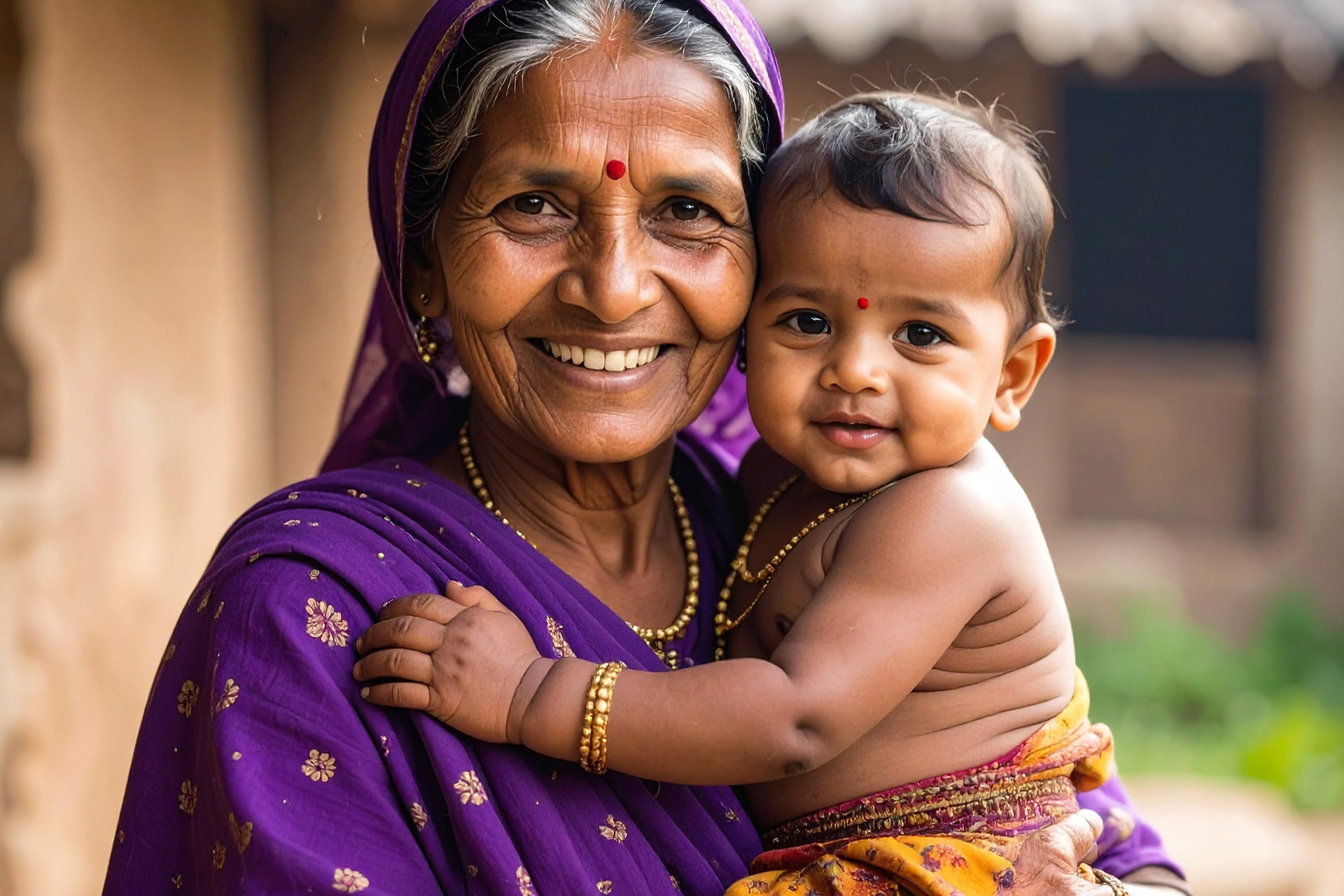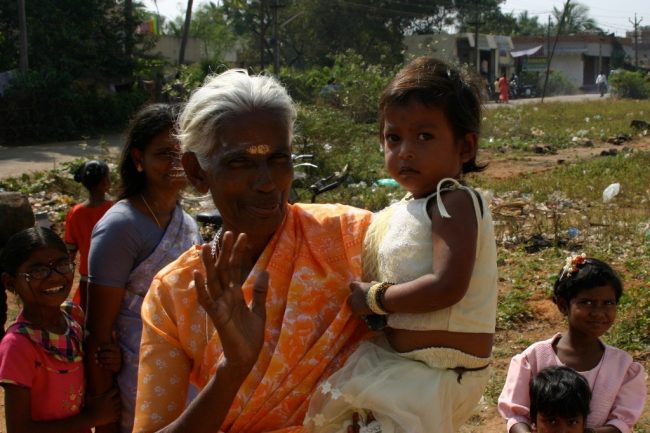Research Excellence Advancing Quality of Life
I was involved in the formation of a new international alliance between Queen’s University and the Sri Ramasamy Memorial (SRM) University of Chennai, India
Client
- Queen’s Office of Research Services
Date
- January - March 2021
The Work.
At the behest of the Queen’s Office of Research Services, I was involved in the formation of a new international alliance between Queen’s University and the Sri Ramasamy Memorial (SRM) University of Chennai, India, for research into population and public health and the environment. As Associate Director of The Monieson Centre, my mission was to establish multi-disciplinary projects. A visit to Chennai in February 2006 enabled Queen’s faculty and administration to develop a formal science and technology agreement with SRM. A Memorandum of Understanding was signed by the Principal in 2007, when colleagues from SRM visited Queen’s. The scope of the agreement included collaborative research initiatives, the establishment of joint educational programs, and faculty and student exchange. I coordinated a submission to the Canadian Institutes for Health Research (CIHR) and $25,000 in SEED funding was awarded to the project.
To design effective interventions that address communicable diseases in the mostly rural district of Kancheepuram, the aim was to build capacity to monitor community health over time and space, and link trends to individual and household demography, health behaviors and environmental risks. Working with SRM’s Information Technology department, we developed a multi-scalar on-line population health survey, administered direct to digital from the field through encrypted pathways. The Queen’s – SRM Regional Population Health Registry was to be a central linked data base that included patients visiting SRM hospitals, community health centres, both urban and rural, as well as SRM’s outreach “health camps.”
The utilization of a common core demographic module This enabled the collection of the right information at the right level of the epidemiological hierarchy: Region – Village – Household – Individual. The digitized database included additional features such as Geographic Information Systems (XY geo-referencing of households, environmental confounders like water supplies and sanitation, and gathering places like schools, temples, etc.). It was piloted in two villages, representing about 5% of the regional population.
As well as coordinating the project, and being in charge of knowledge management between faculty with the two universities, I developed the draft survey instrument by reviewing and combining elements from a variety of community health surveys (WHO, World Bank, MICs) and then seeking advice from our colleagues in India as to which elements were most appropriate. This became the foundation for the database. I also had to ensure that the on-line registry was in compliance with privacy standards in both Canada and India, and coordinated the ethics review process for both universities.
I also initiated a project with SRM’s school of nursing whereby we developed a scholarship program for young women in the villages to be able to study to become auxiliary nurse midwives, and then serve in their community for three years – two for their period of study and one year whereby they became the mentor for the next candidate.


